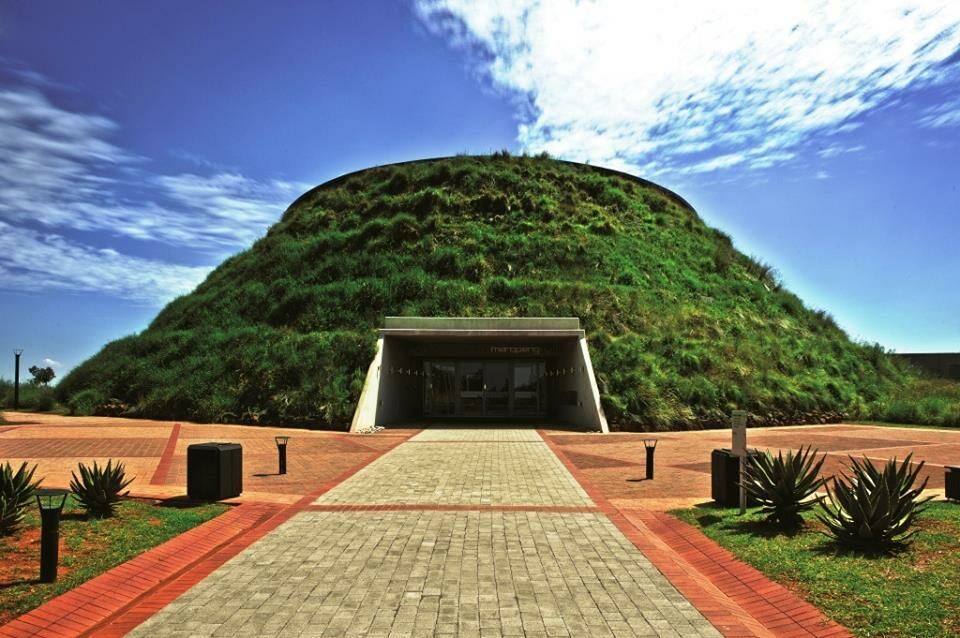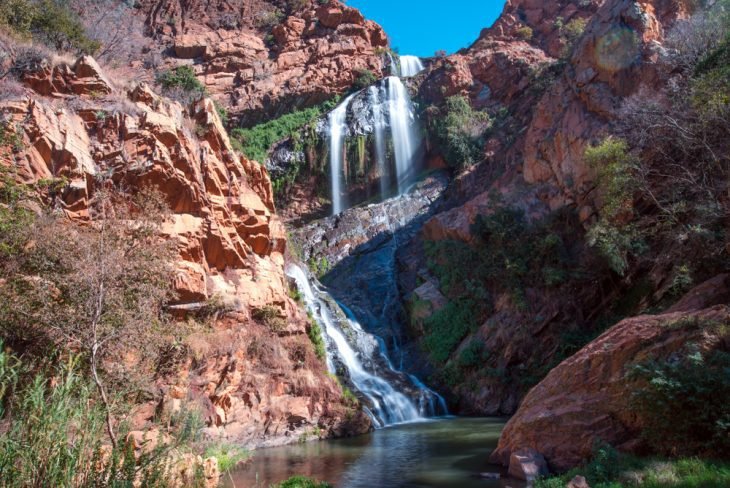The Best Guide To Johannesburg North Attractions
The Best Guide To Johannesburg North Attractions
Blog Article
Excitement About Johannesburg North Attractions
Table of ContentsThe Main Principles Of Johannesburg North Attractions How Johannesburg North Attractions can Save You Time, Stress, and Money.Johannesburg North Attractions Things To Know Before You BuyOur Johannesburg North Attractions DiariesNot known Facts About Johannesburg North AttractionsJohannesburg North Attractions - An OverviewThe 15-Second Trick For Johannesburg North Attractions
Nonetheless you must keep protection in mind and travelers have to continue to be alert whatsoever times when in strange environments. Talk to the locals when you are in community to learn about the location you are remaining in. Johannesburg North attractions. When on the street (this doesn't relate to shopping center and various other secure environments) finest general suggestions is to try your finest to appear like a regional and to prevent presenting any type of riches
Getting The Johannesburg North Attractions To Work
Teacher Revil Mason O. J. (Thomson, 1946) discovered the Witwatersrand's pre-colonial background. His archaeological work blew up the 'em pty land' misconception, according to which the region was lacking human habitation before the arrival of European inhabitants. In his magazines Prehistory of the Transvaal: A Record of Human Task (1962) and Beginnings of Black People of Johannesburg and the Southern Western Central Transvaal AD 3501880 (1986 ), Teacher Mason demonstrated the level of social and financial growth in the area before Europeans established foot below.

Some Known Details About Johannesburg North Attractions
In 1878, David Wardrop found gold in quartz blood vessels at Zwartkop, north of Krugersdorp. In 1881, Stephanus Minnaar came throughout gold on the ranch Kromdraai, near the Cradle of Mankind.
In March 1886, an outcropping (soon to be called the Key Coral reef) was found, quite luckily, on Gerhardus Oosthuizen's ranch Langlaagte. Some say that the Lancastrian coal miner George Walker found this reef. An additional itinerant English miner, George Harrison (that had actually previously operated in Australian mines) acquired a prospecting licence in regard of Langlaagte in May 1886.
He decided to go on in a quest for greener pastures, and disposed of his Langlaagte insurance claim for the princely amount of 10. Alas: under lay the richest goldfield ever before located. The exploration of this abundant auriferous coral reef provoked a gold thrill that signalled completion of bucolic serenity in the southern Transvaal.
It would certainly, within six years, come to be the biggest community in southern Africa. Within a decade, it would certainly make the Z. A. R. till then an anarchical and insolvent little state the richest country in Africa. By the turn of the century, the Z. A. R. was to exceed Russia, Australia and the USA of America to become the world's leading gold producer, generating even more than a quarter of the world's gold.
Johannesburg North Attractions Can Be Fun For Anyone
It was referred to as Ferreira's Camp, named after Colonel Ignatius Ferreira. He was a Boer adventurer upon whom the British authorities had presented the condition of Buddy of one of the most Identified Order of St Michael and St George (entitling him to the post-nominal letters C. M. G.) other in gratitude for his role in the war that had deposed the Pedi king Sekhukhune in 1879.
Quickly the camp was brimming with outdoors navigate to these guys tents and wagons as newcomers got here daily from everywhere. By September 1886, some 400 individuals lived in Ferreira's Camp, which quickly flaunted upraised iron and wood buildings. 2 various other camps were developed: Meyer's Camp on the farm Doornfontein, and Paarl Camp. The latter was nicknamed Afrikander Camp; lots of people from the Cape Swarm settled there.

An Unbiased View of Johannesburg North Attractions
This name gained money by word of mouth, such that the State Assistant verified the name to the Mining Commissioner on 9 October 1886. Stands in the village were auctioned on 8 December 1886. While some stands were sold for 10, others were knocked down for as little as sixpence.
Two years later on, these erven were to transform hands for as high as 750 each. The tented camps dwindled as a dorp of corrugated iron structures established and increased north of the mines located along the Key Reef Road. Areas such home as Jeppe's Community (where working-class immigrants erected their houses) and Doornfontein (where the upscale new 'Randlords' began to construct their opulent houses) were soon included in the ever-expanding map of the town.
Not known Incorrect Statements About Johannesburg North Attractions
Apart from the street names, there were no indicators of Johannesburg being located in a Dutch-speaking country. Several years later on, C. W. Kearns O. J. (among the initial boys enlisted at St John's University in 1898) would remember: 'An odd truth regarding Johannesburg was that, although it remained in the [Boer Republic], nearly every person talked English and also the Federal government slaves dealt with one in English, unless they were first dealt with in the Taal (or Low Dutch)'.
As such, Britain had a passion in making sure optimal conditions for gold production on the Witwatersrand, and that the gold was exported to London instead than Berlin an imperative rendered all the much more clamant by the Z. A. R - Johannesburg North attractions.'s increasing toenadering with Germany. Mine owners got on a collision training course with Head of state Kruger, whose policy of monopolistic concessions (commonly provided to his cronies) prevented mining firms from acquiring supplies of materials (specifically dynamite) and labour by themselves, less expensive terms
Johannesburg North Attractions - Truths
In 1890, the Volksraad had actually limited the franchise to white males who had actually stayed in the Z. A. R. for fourteen years or longer, therefore disqualifying a lot of the immigrants (that took place to be the major contributors to the fiscus). However, frustration for the vote was a mere pretext for advertising a various schedule; most uitlanders regarded themselves as short-term visitors and had no objective of continuing to be in the Z.
Report this page